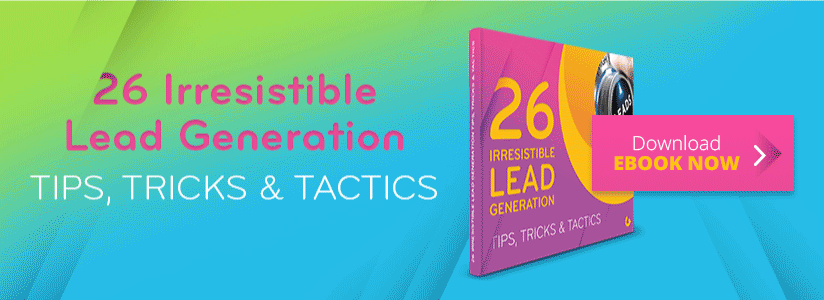
If your business is like most, all roads lead to the company website. Business cards, advertising, T-shirts and trade show displays. You might even be paying upwards of 20 bucks per click to Google Adwords, LinkedIn or other PPC platforms to push people to your domain.
And yet, how is it that the majority of corporate websites do a horrendous job converting visitors into leads?
The real problem is that few businesses treat their website as the absolute centrepiece of their branding and marketing strategy.
And I don’t simply mean their website doesn’t look super-impressive. Design is very important, and is a huge part of creating a strong impression on prospective customers. The way a website looks can position any given brand as rinky-dink or world-class. But when it comes to results, your website is so much more than its aesthetic value.
Its job is not simply to exist, but to attract, impress, entice, engage, convert, support and re-engage, while becoming a trusted source of information.
That's a lot. And yet most entrepreneurs and marketing managers see their website as a series of pages that house a contact form for use by a tiny minority of visitors.
Which is a massive failure.
In order for a business website to ever reach its potential as a marketing tool, entrepreneurs and marketing managers need to completely change the way they perceive it.
What does a successful marketing website include? Here are a few of the most important things:
1. Great User Experience
User Experience (we often call it UX) is everything your website visitors experience from the moment they arrive at the site until they exit, hopefully having converted to a lead by giving you their contact info. User Experience includes your branding, the website’s navigation and visuals. It’s whether your visitor feels comfortable, what they learn and how easily they achieve their goal on desktop, tablets and smartphones. And that last part is important: every visitor has a goal.
2. Targeted Conversion Paths
Let’s talk some more about those user goals. People don't end up on your website by chance, or against their will. Every visitor has come to achieve something. That could be preliminary research, creating a shortlist of candidates, employment prospecting, or a host of other purposes, with variations dependent on the user’s job authority, background and depth of knowledge.
A well-planned marketing website will have a distinct conversion path for every one of your ideal customers and important visitors. You must know who they are and where they want to go in order to get them there. And when you do, you can do some amazing things through list segmentation, contextual marketing and marketing automation. Ask me about those if you want your mind blown.
3. A Content Strategy
As the lead copy engineer for many of my clients, I naturally value content very highly. Truth is, written content can make or break a business’s marketing, and the majority of websites do it poorly. Content strategy is the science of planning and crafting your website’s content to achieve specific goals. Putting content first is the opposite of how most sites are planned, so a solid content strategy gives you an immediate competitive edge.
4. Strong Search Presence
In order for your site to attract visitors and succeed on any level, it needs to excel in search. That's obvious, yet it’s amazing how many websites built by agencies and web design specialists largely neglect SEO best practices. SEO can be complicated and is highly competitive, but is what determines more than anything else how much traffic your website will receive. The beauty of inbound marketing is that it positions SEO as a key priority, and achieves most of its results while letting marketers to focus on the fun work. Solid SEO practices plus effective content marketing invariably equal excellent search visibility.
5. Metrics and Continuous Improvement
I’m still surprised how few business websites employ or monitor basic analytic data. Marketing requires an intimate understanding of user behaviours, and tools are available to give deep, highly significant insights. In addition to basic analytics, heatmapping and session recording tools can be super enlightening, and enable Growth Driven Design practitioners to continuously improve your website, making it better and better at achieving its goals.
At the heart of all this is that your website should be the hub of your marketing, a source of pride and a major competitive advantage for your business. If not, you’re quite simply mishandling your most valuable brand asset.
To start turning it around requires a change of thinking, a bit of a budget, and a plan. As a marketer or business owner, there is really no project more worthy of your time and energy.
For inspiration and ideas that can help fuel your planning, be sure to use the link below and download our 26 free lead generation tips, tricks and tactics.

Laurier Mandin is president of Graphos, the Edmonton web design company, branding consultancy and digital marketing agency he founded in 1993.